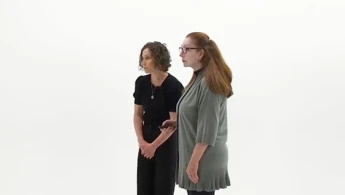How Impaired Vision Affects Childhood Occupations
October 4, 2016
2 min. read

Vision is the primary sensory system used to gather information aboutour surroundings. Foundational skills control voluntary eye movements, whereas higher-level skills help the brain to make sense of what is seen. Functional vision is dependent on the collaboration between all visual-perceptual skills.Dysfunction at any level impacts function at all levels.
Underlying visual deficits inhibit a childs ability to learn. Unlike adults, children are unable to compensate for visual impairment using the remaining senses because they are still in the process of making sensory associations, which affects the developing brain. Children learn to form perceptions through experience, practice, and play.
Functional Implications of Visual Impairment
When left untreated, visual impairments negatively impact participation in common childhood occupations, including education, social participation, and play.
Education
About 80-90% of learning is visual.1
Spelling is founded on visual imagery.
Vocabulary development follows a visual-perceptual lead.
Literacy depends on functioning vision.
Social Participation
Vision facilitates social-emotional development:2
Infants communicate through social eye-gaze.
Children learn to communicate emotion through facial expression.
All ages use mutual gaze to build social and emotionalbonds.
Play
Children use vision to learn from, model for, and reinforce each other during play:3
Pretend play involves imitation of real life events and occupations.
Play often requires translation of visual input into a motor response.
Children often demonstrate motor skills consistent with their stage of visual development.4
Building Functional Vision
Vision is critical to a childs overall development. When working with children, visual-perceptual deficits are addressed through specific experiences, practice, and play. Embedding treatment into play enhances visual development while at the same time taps into the childs intrinsic motivation. Additional strategies include utilizing tasks of graded complexityand providing just-right challenges to avoid frustration and make learning easier.
Below, watch Jennifer Fortuna demonstrate the sandwich shop activity as a tool to help pediatric visual memory development in a short video from her course, Visual Perception and Childhood Occupations.






